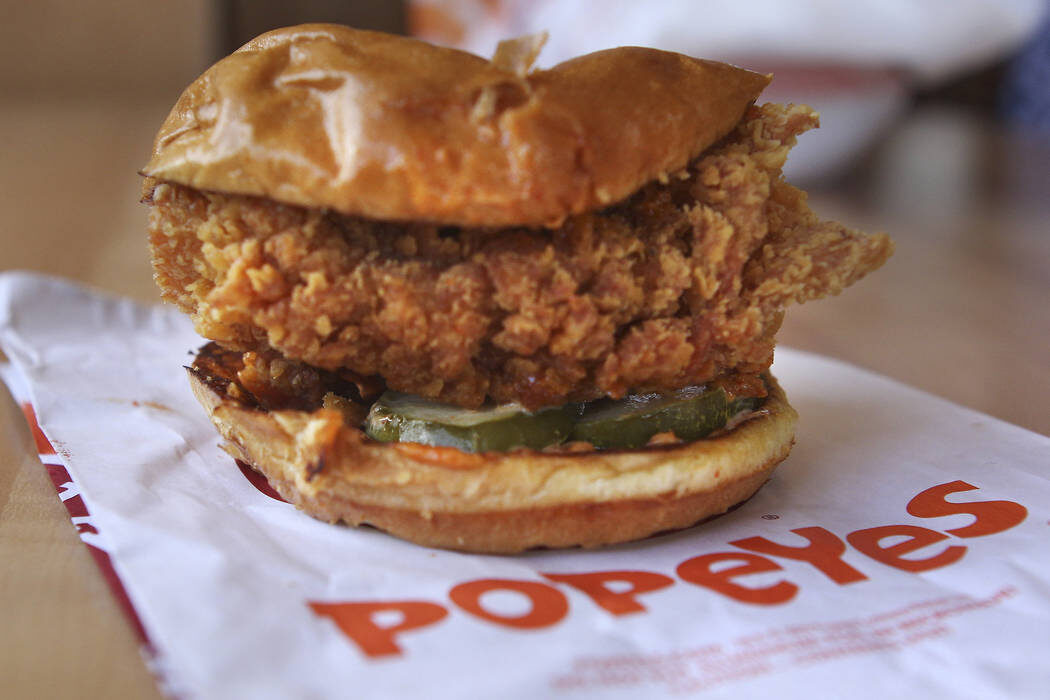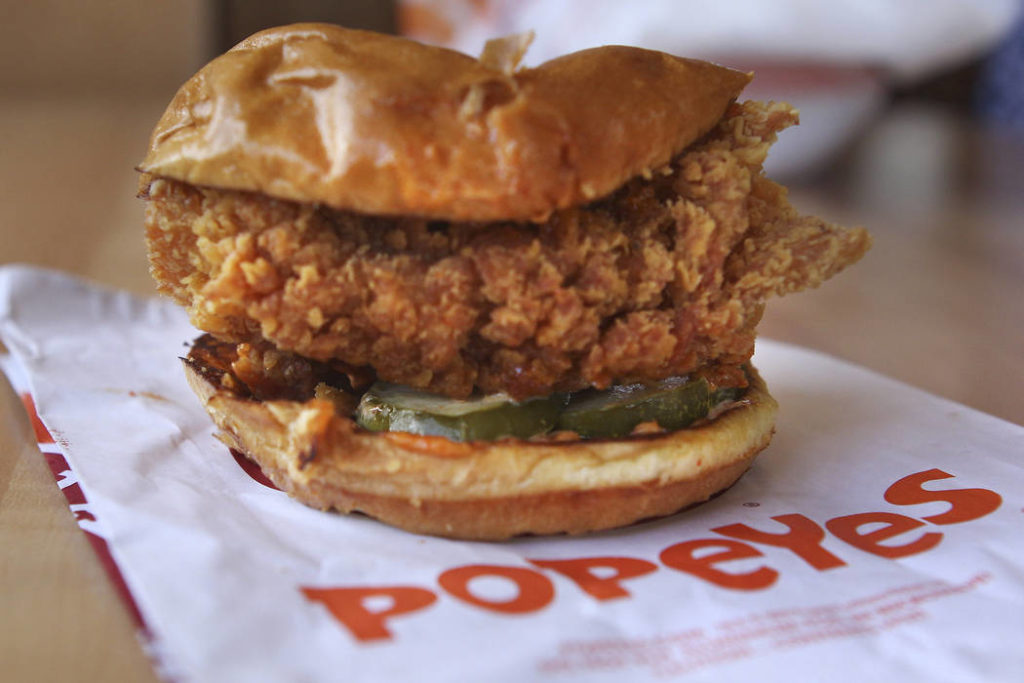Hurricane Season: Will your supply chain be impacted?
With the world watching Hurricane Dorian’s path along the Southeastern seaboard, restaurant operators are bracing for a storm of their own. In the world of food costs, Mother Nature is often the one x-factor that no one can control.
While commodity experts have projections on what they think will happen with crops each year, nothing can put a wrench in those plans quite like drought, floods, hurricane’s, freezes, or any other natural disaster.
So, when it comes to risk management, having a contingency plan for weather-related challenges should be top of mind, especially now. Citrus crops, avocados and anything else that grows in moderate temperate climates, specifically in Florida, are at risk. However, operators can pass through these unavoidable implications if they take the necessary steps to protect themselves and their supplies. Here are some ways to prepare and minimize the impact:

- Create an acceptable list of substitutions for key / high volume ingredients that are critical to your menu. Examples of this include using blueberries in place of strawberries, plum tomatoes in place of layered tomatoes, and citrus grown in other markets.
- Identify an alternative / limited menu in anticipation of certain products being unavailable. These can be used as limited-time offers until your original ingredients become available.
- Pre-determine alternative sourcing for your top five to 10 critical items.
- Adjust par levels and confirm the right pack size being used to minimize waste.
- Utilize every and all local produce programs at your disposal. The window of opportunity may be limited so work with your produce supplier to determine best opportunities.
- If you can, use a frozen product in recipes that can easily accept them.
- If you have room, plant a small garden inside your restaurant and capture the “grown here” flavor. While it may take some time for these plants to grow, you can always buy something that has a crop readily available.
- Look to use greenhouse type products in your menu. This can definitely be done where herbs or other hybrid varieties of produce can be found.
- Maintain flexibility whenever possible on menus. Avoid specifying particular vegetables or fruits whenever possible.
- Look at alternate pack sizes that may be more cost friendly.
Nobody can truly predict what Mother Nature has up her sleeve. But by having a plan before the next natural disaster occurs you can better protect your ingredients, menu items and customer expectations. In regard to Hurricane Dorian now, have an alternative plan of action so your menu items and customer base have little cause for concern.





